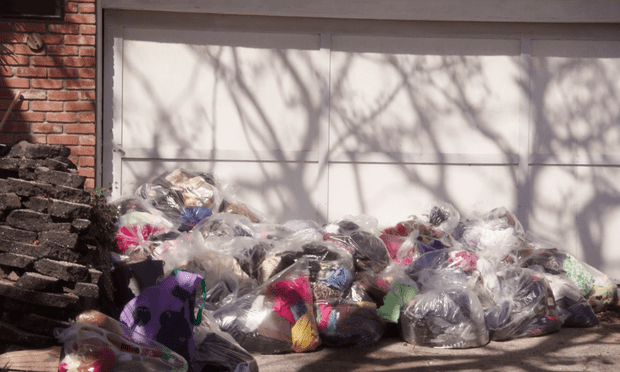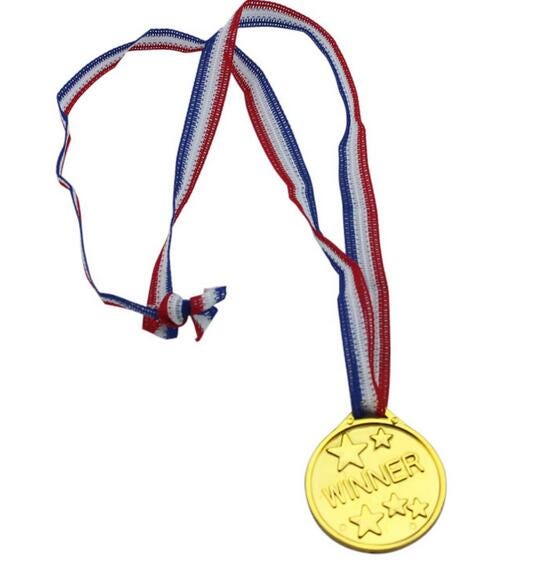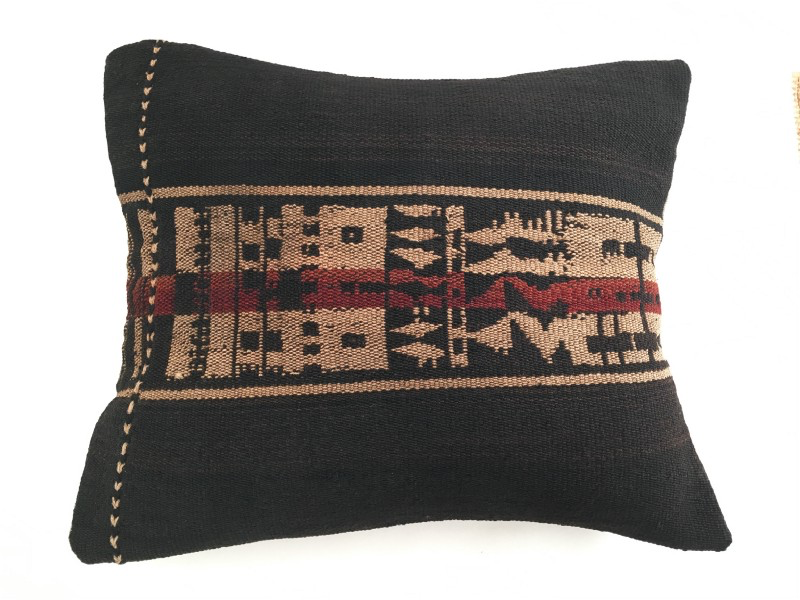I was pretty proud of myself for my fearless purge of my closet.
Five bags of clothing — and counting — are lined up in my bedroom, waiting for eviction. The past couple of days, I have enjoyed a newfound pride of my lovely drawers of folded triange clothing.
Yes, Marie Kondo, you got me. I watched your show and how could I help but seek to find better order in my own home? And I’m grateful for that.
But for those bags of clothing, things from our storage shed, silly novelty toys, old pillowcases and decorative pieces, old IKEA furniture…
Anyone else around here feel like a total jerk for having accumulated so much?

I am now realizing, the final resting place of my used items won’t likely be recycled, worn again by someone in need, or re-sold for value.
I hate to even write this in black and white, but my used household stuff is almost certainly going to be dumped in the oceans, or in a landfill. Sigh.
I feel like a total schmuck.
We have tried, though, to be very conscious consumers.
My boyfriend and I dedicated 2018 very intentionally to make our lives as sustainable as possible. We recycle diligently, we changed to a sustainable energy provider, we drive electric, we ride bikes, we are learning to grow our own food. I’m a vegetarian, he only eats the most sustainable meat he can find.
Yet, it’s not enough.
Seeing my bags of stuff destined to be garbage makes me angry, and it makes it hard to throw away because I feel incredibly guilty for my poor consumption choices I made when I was buying things.
I’m angry at myself for having spent so much money on things, that brought some temporary joy, but have long-term environmental consequences.
I’m angry that as soon as I left the store, these items have basically no value at all, and it’s money down the drain.
I’m angry I let myself be lured into buying this single-use stuff. The plastic gold medals I bought as a gag for a bachelorette party. The cheap colored pencils I bought that hardly work. The light blue H&M sweater I thought I would like, but it was too scratchy and I only wore it once.

And larger stuff too is heading out. The IKEA carpet I bought three years ago but doesn’t fit anywhere in our new house. It’s a little banged up, and a new version retails for about $150, and so I estimate the max I can sell it for online is about $15.
I Marie-Kondo’ed my house, and it is a huge effort to responsibly find the next stage for these items. And — all of this purging leads to the bigger question of how we buy in the first place.
And this is what I want to change.
I believe that fundamentally that there is a natural human cycle of seeking to constantly renew and renovate our lives. This is part of our cycle of personal growth, and we are wired somehow to improve ourselves and our lives. There will always be new consumption, and there will always be discarding of the old.
But how can we make that process less harmful to the environment, and more financially sustainable in our consumption patterns?
I am trying to do something about it through my dream company that I’m building, Home Geographic.
We’re working with tribal artisans in Africa, Asia and Latin America and connecting them to modern homes and spaces, via a curated online marketplace. Every item is traced to it’s original source and verified for authenticity and sustainable use of materials and processes.
I believe that we will solve a big part of our home consumption problem with this company: by working with timeless materials, designs, and craftsmanship, these pieces will hold value, retain quality, and have a long product life cycle.

Because these pieces hold value — and even become more beautiful with age — we are building a reseller function into our marketplace. So that when a person wants to change up decor at home, go through another Marie Kondo purge, the pieces bought via Home Geographic can be resold again on the same marketplace.
It also makes me feel good to know that due to the natural materials in these products, at the end of their useful product life, they will go back into the earth and will become earth again.
So, for now, Marie Kondo is helping us to purge our home. We will do our best to release all our items with care, and try to send them on to the most useful next life possible.
Going forward, I am hopeful that Home Geographic will be an offering that can help the world find its balance.
You can learn more about Home Geographic on Instgram @Homegeographic, Facebook, or on our website: www.homegeographic.com
We’re still building our online marketplace, but please let us know if you would like to stay in touch for updates.